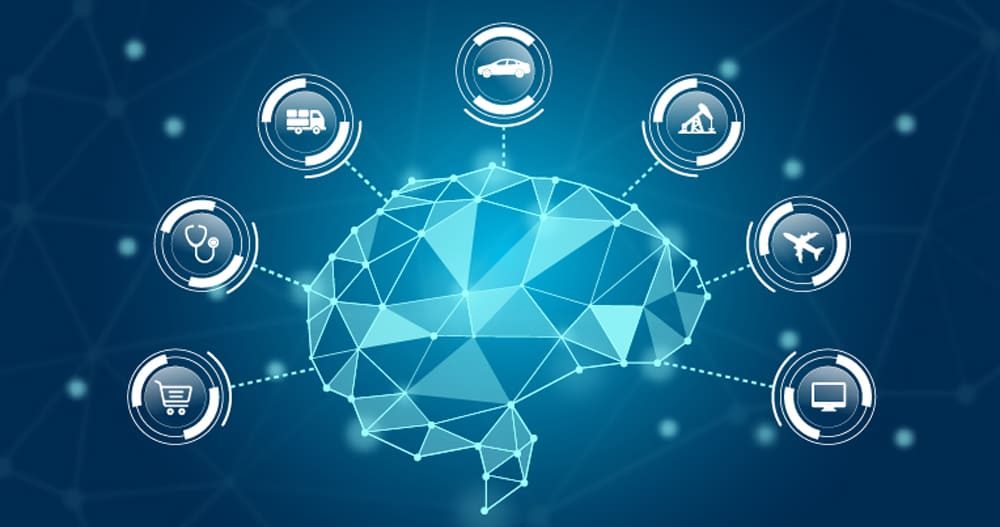Without requiring explicit programming for every situation, machine learning is a potent method in computer science that teaches systems to identify patterns and gradually enhance their performance. These systems are not an assemblage of rigidly set rules-they take data, predict an outcome, and change their course of action depending upon what they have learned.
Machine learning stands out as a significant technology due to its flexibility.
Machine learning thus stands as one of the major technological developments. It enables a machine to learn from data and improve with experience, without explicitly being programmed. Patterns discovered by machine learning models from data are used for forecasting or decision-making. Machine learning help companies automate processes, make better decisions, and glean insights. Machine learning is transforming industries worldwide from personalized content recommendations to breakthroughs in medical diagnostics. Some of the top 10 machine learning applications and use cases shaping the world today.
- Personalized Recommendations
A number of recommendation engines nowadays are created by online retailers and streaming sites that, depending on such data as location and past activity.
Machine learning lends to recommendation engines that suggest product, movie, or music according to past behavior of the user. Systems work on collaborative filtering, content-based filtering, etc.-methods of personalizing one’s experience.
Use Case:
Netflix recommends shows and movies based on what you have enlightened, whereas Amazon recommends items that are frequently purchased together.
- Fraud Detection
Banks use ML in real time to detect and prevent frauds. They work by analyzing patterns and variations in normal transaction behavior so that banks and credit card companies could detect suspicious activities concerning money laundering or unusual spending conduct.
Use Case:
Mastercard, for instance, uses AI to detect possible frauds in real-time and, under some circumstances, even predict some before they occur to protect a customer from theft.
- Predictive Maintenance
Machine learning is widely used in industries to forecast equipment failure before it actually happens. From an analysis of sensor data, such models forecast maintenance requirements for machines, thereby reducing downtime and saving costs.
Use Case:
Airlines keep track of engine performance to schedule repairs proactively.
- Healthcare & Medical Diagnosis
ML allows doctors to diagnose diseases faster and more precisely. It analyzes medical imaging or patient records to detect conditions early, such as tumors or diabetes. Tools are increasingly in use to recommend personalized treatments. Machine learning anticipates interactions between various substances and thus helps to speed up the drug discovery process and cut down on research expenses.
Use Case:
AI imaging systems to spot tumors in X-rays or MRIs, predictive models to identify patients at risk of diabetes.
- Autonomous Vehicles
Machine learning interprets sensor data, does object recognition, and cultivates decision-making scenarios for a closed-loop system for self-driving cars. Private entities such as Tesla and Waymo employ computer vision and reinforcement learning to drive autonomously and provide an autonomous ride service.
Use Case:
Tesla Autopilot applies deep learning for semi-autonomous driving including features such as lane keep assistance and adaptive cruise control.
- Natural Language Processing (NLP)
NLP enables machinery to understand, interpret, or generate human language. It is employed in chatbots, voice assistants, sentiment analysis, and translating tools.
Use Case:
For instance, GPT-based models can write essays, summarize articles, or answer questions with human-like fluency. NLP bridges the gap between human communication and machine understanding.
- Facial Recognition
The most important thing that machine learning can help facial recognition systems do is to identify individuals. Machine learning is a technique that enables images and videos to be identified and classified.
Use Case:
Used widely in smartphones for unlocking purposes, and airports for security checks as well as by law enforcement agencies, it is, however, very controversial in terms of ethics, privacy, and surveillance.
- Sentiment Analysis
The other important application of machine learning is sentiment analysis conducted on social media data. Sentiment analysis in real-time determines the feelings or opinions of a writer or speaker.
Use Case:
The sentiment analyzer can quickly provide insight into the true meaning and sentiment of a published review, email, or other documents. This sentiment analysis tool can be used for decision-making applications and for websites that provide reviews.
- Spam Filtering and Email Automation
ML is used by email services for message categorization and spam detection. These are models that learn from user behavior and content of a message to distinguish genuine emails from junk. This saves time and keeps users safe from scams.
Use Case:
Email platforms like Gmail, Outlook, and Yahoo manage inboxes, automating responses and filtering out unwanted messages with high precision.
10. Social Media Optimization
ML is used by social media companies to target advertisements, identify hazardous content, and curate content feeds. The content-feed is algorithmically curated with the consideration of user engagements, and the same engine judges the advertisement placements. This keeps the user hooked-but it also creates discourse on algorithmic bias and user mental health.
Use Case:
Machine learning is employed by social media platforms like Facebook, Instagram, and Twitter to provide the best user experience by curating personalized content, targeting advertisements, and restraining harmful posts.
Conclusion:
Machine learning has come to revamp industries in the way that it provokes smarter decisions, smarter experiences, and smarter predictions. From healthcare to finance to social media, machine learning inhabits the very core of how people live and work. And as implementation increases, so does the need for ethical and responsible use in making sure that these powerful benefits are distributed fairly.






